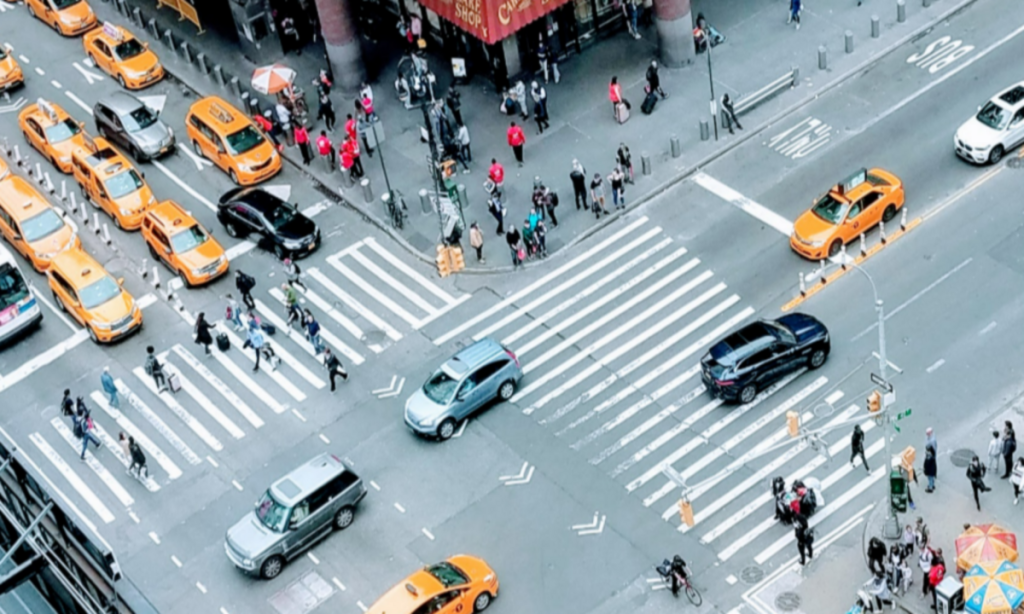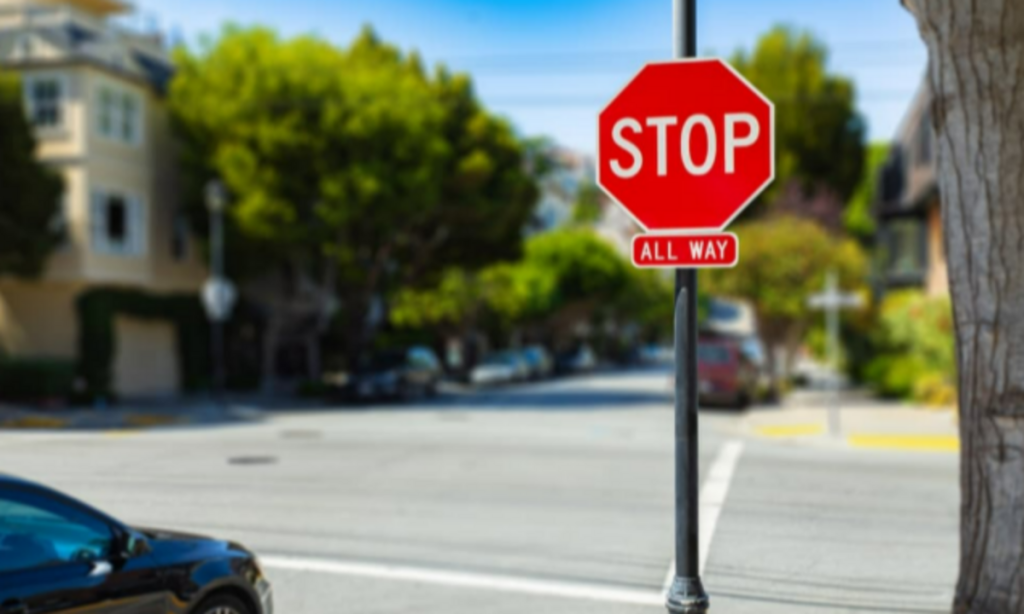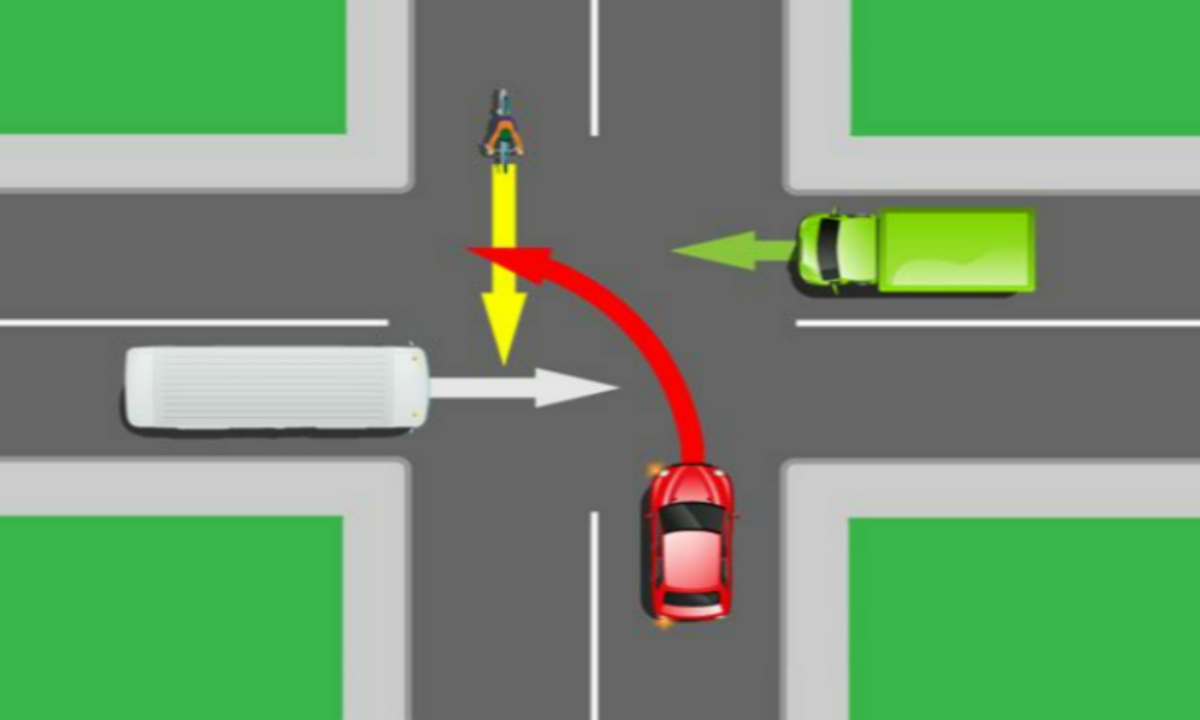Understanding Right of Way rules is crucial for ensuring road safety and smooth traffic flow in India.
These rules define which vehicle or pedestrian has the priority to move in different traffic situations. By following these regulations, drivers can reduce accidents, prevent confusion, and improve road discipline.
Let’s take a closer look at the Right of Way rules in India, common misunderstandings, and essential safety tips.
What is Right of Way?
The Right of Way refers to the legal priority of a pedestrian, vehicle, or other road user to proceed first in a particular situation. It applies at intersections, pedestrian crossings, merging lanes, roundabouts, and hill roads.
These rules help in avoiding collisions and ensuring an organized traffic system. Not following Right of Way rules can lead to traffic violations, accidents, and fines.
Right of Way Rules in India
Pedestrian Crossings
Pedestrians always have the right of way at zebra crossings.
Drivers must stop and allow pedestrians to cross safely.
However, jaywalking (crossing the road at random places) is illegal and dangerous.
Traffic Intersections Without Signals
When two vehicles reach an intersection without signals, the vehicle approaching from the right side has the right of way.
This means that drivers must yield to vehicles coming from the right before proceeding.
T-Intersections
At a T-intersection, the vehicle on the main road has the right of way.
The vehicle on the smaller road must yield and wait before merging onto the main road.
Emergency Vehicles
All vehicles must give way to ambulances, fire trucks, and police vehicles when they have their sirens or emergency lights on.
Drivers should move to the left side of the road and allow the emergency vehicle to pass.
Hill Roads
On steep roads and hilly areas, vehicles traveling uphill have the right of way.
Vehicles going downhill must stop and allow uphill traffic to pass.
Merging Traffic and Roundabouts
When entering a main road from a smaller road, vehicles on the main road have the right of way.
At roundabouts, vehicles already inside the roundabout have the right of way over incoming traffic.
Common Misunderstandings About Right of Way in India
Free Left Turns
Unlike some countries, turning left at a red signal is not always allowed in India.
A free left turn is only permitted when there is a sign allowing it.
Overtaking Priority
Some drivers assume that honking gives them the right of way while overtaking. This is incorrect and dangerous.
Always use indicators, check mirrors, and only overtake when safe.
Traffic Circles and Roundabouts
Many Indian drivers do not follow roundabout rules correctly.
The correct rule is that vehicles already in the roundabout have the right of way over those entering it.
Essential Safety Tips for Indian Roads
Stay Alert – Be aware of your surroundings, especially at intersections and pedestrian crossings.
Follow Traffic Signals – Do not assume the right of way without checking signals and signs.
Use Indicators – Always signal your turns and lane changes to inform other road users.
Avoid Assumptions – Never assume another driver will yield the right of way. Drive defensively.
Give Way to Larger Vehicles – Heavy vehicles like trucks and buses require more time to stop. Be cautious while merging.
Respect Pedestrians and Cyclists – Always stop for pedestrians at crossings and allow cyclists enough space.
Follow Lane Discipline – Stick to your lane, avoid sudden lane changes, and merge smoothly.
Why Right of Way Rules Matter
Not following Right of Way rules leads to:
Traffic congestion and delays
Increased risk of accidents
Fines and penalties under Indian traffic laws
By understanding and following these rules, drivers can make Indian roads safer for everyone.
Right of Way rules help in maintaining order, preventing accidents, and ensuring a smooth traffic flow. Whether driving in a city, on a highway, or in the hills, every driver should follow these rules to keep roads safe.
As responsible citizens, we must follow traffic laws, respect pedestrians, and drive cautiously. Awareness and proper road etiquette will help make Indian roads safer for all.
Disclaimer—Our team has checked this article to ensure its accuracy and eliminate any misinformation. We are committed to providing clear and reliable information for our readers.


